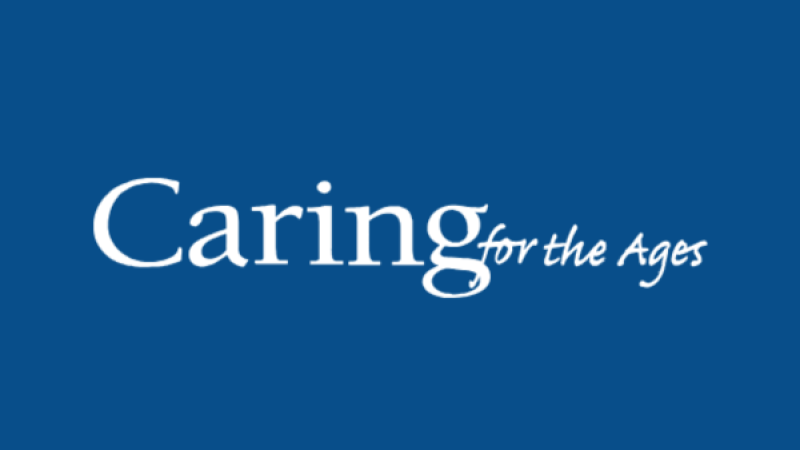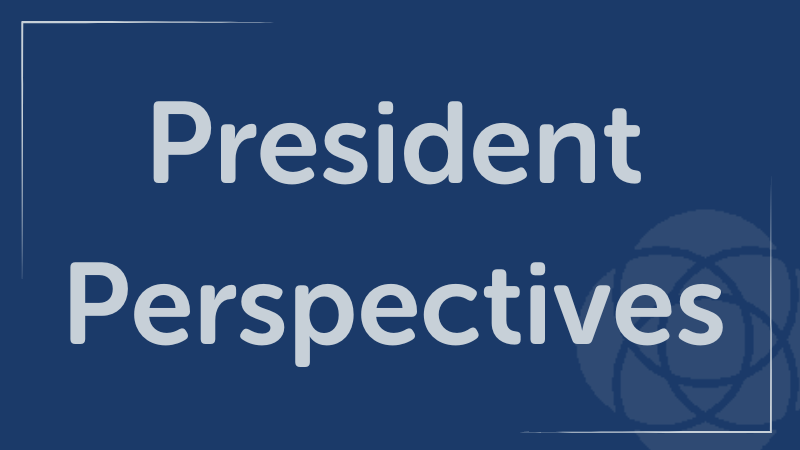August 30, 2023
Moving Needles, a project to improve immunization rates among residents and staff in post-acute and long-term care, is doing just that—moving the needle on vaccination rates. “We have completed round one of our pilot, and the three chains involved saw significant improvements,” said Elizabeth Sobczyk, MSW, MPH, project director. The project is a five-year cooperative agreement between AMDA and the Centers for Disease Control and Prevention.
In many facilities, Ms. Sobczyk observed, COVID-19 bivalent booster rates for residents reached the same rates as the primary series at the start of the pilot or even exceeded them. In almost every facility involved in the pilot, influenza vaccination rates were higher than when the program first started, and in many, pneumococcal vaccination rates increased significantly. Staff were more challenging, but rates generally exceeded national and local averages.
Facilities implemented structured processes and procedures because of the pilot, including routine offering and expanding the vaccines they provided. This was done in a variety of ways: checking resident vaccine status on admission, using reminder-recall systems sometimes through the state Immunization Information System (IIS), and organizing vaccine availability outside of clinic times; a key component was assigning a specific person or persons to be responsible for the process.
“Standard operating procedures go a long way in improving rates,” Ms. Sobczyk observed. For instance, she said, “Find a routine time to assess resident status and have a standard process for following up on offering the vaccine. Put the duties in job descriptions rather than tying them to a singular person who is there at the time.” For staff, she offered, “Follow up multiple times using the staff person’s trusted source to encourage them to consider the vaccine.”
Leadership support is also essential, she noted. Having an administrator, medical director, and/or director of nursing who supports the changes throughout the process makes a critical difference in the level of success. At the same time, Ms. Sobczyk stressed the importance of building trust between administration and frontline staff. She said, “Knowing that administrators and leaders care about them personally can go a long way when it’s time to recommend getting vaccinated for work.”
Dealing with hesitancy will always be a challenge. However, Ms. Sobczyk suggested, “First, separate your approach between those who aren’t getting the vaccine because of convenience barriers from those with religious or philosophical objections.” For the first group, offering free vaccines during all shifts and paid time off for vaccine-related complications or side effects can be helpful. She also suggested, “Consider incentives that build community and camaraderie around vaccination as part of the facility culture.” T-shirts and jackets were particularly popular and effective, she noted, more so than incentives like gift cards.
As the project enters round two, with four chains and a total of 12 facilities involved, optimism is high. “Facilities involved in round one believe that they will sustain the changes they’ve made,” said Ms. Sobczyk, and there is a structured scale-up to share what they learned with other facilities in their chain.
Ms. Sobczyk emphasized the need to be “data-driven.” She explained, “Start improving rates by understanding what is happening and why. Maybe you are doing great on vaccines, but you should do a pulse check to ensure you’re doing as well as you think and then ensure it’s written down in policies.” She stressed that it is as important to know what you’re doing right as it is to know what could be done differently or better.
You don’t have to be part of the pilot to help move needles in your organization or facility. Go to the Moving Needles website for more information and download or subscribe to the newsletter.




